Ques.61. Least expensive instrument for dc measurements is
- Hot wire instrument
- Dynamometer type moving coil instrument
- Attraction type moving instrument
- Electrostatic type instrument.
Answer.3. Attraction type moving instrument
Explanation:-
Moving iron instrument are of two types
- Attraction Type
- Repulsion Type
Attraction Type Moving instruments— These instruments are based on the principle that when an unmagnetized soft iron piece is placed in the magnetic field of a coil then the piece is attracted towards the coil.
Repulsion type Moving instruments— These instruments are based on the principle of repulsion between the two iron pieces similarly magnetized. Since deflection θ is proportional to the square of current through the coil, therefore scale of such instruments in non-uniform being crowded in the beginning.
Advantages of moving Iron Instrument
The various advantages of moving iron instruments are,
1) The instruments can be used for both a.c. and d.c. measurements.
2) The torque to weight ratio is high, errors due to the friction are very less.
3) A single type of moving element can cover the wide range hence this instrument; are cheaper than other types of instruments.
4) There is no current-carrying part; in the moving system hence these meters are extremely rugged and reliable.
5) These are capable of giving good accuracy. Modern moving iron instruments have a d.c. an error of 2% or less.
6) These can withstand large loads and are not damaged even under severe overload conditions;
7) The range of instruments can be extended.
Disadvantages of moving Iron Instrument
The various disadvantages of moving iron instruments are,
1) The scale of the moving iron instruments is not uniform and is cramped at the lower end. Hence accurate readings are not possible at this end.
2) There are serious errors due to hysteresis, frequency changes, and stray magnetic fields.
3) The increase in temperature increases the resistance of the coil, decreases the stiffness of the springs, decreases the permeability and hence affect the reading severely.
4) Due to the non-linearity of the B-H curve, the deflecting torque is not exactly proportional to the square of the current.
5) There is a difference between a.c and d.c calibrations on account of the effect of the inductance of the meter. Hence these meters must always be calibrated at the frequency at which Hey are to be used. The usual commercial moving iron instrument may be used within its specified accuracy from 25 to 125 Hz frequency range.
6) Power consumption is on the higher side.
Ques.62. A cadmium sulfide cell is a
- Solar cell
- Dry cell
- Photovoltaic cell
- Photoconductive cell
Answer.4. Photoconductive cell Explanation:- PHOTOCONDUCTIVE CELLS A photoconductor is a bulk semiconductor device, whose resistance varies when the light is incident on its surface. All semiconductors can be considered as photoconductors. This is because any semiconductor will produce electron-hole pairs (EHP) when it is irradiated by electromagnetic radiation of the optical frequencies. These include frequencies in the infrared, visible and ultraviolet radiations. The photoconductive cell is a two terminal semiconductor device whose resistance varies inversely with the intensity of light that falls upon its photosensitive material shows a typical photoconductive cell and the schematic symbol. These devices are also called photoresistive cells or photoresistors since the change in conductivity appears as a change in resistance. The photoconductive materials most frequently used include cadmium sulfide (CdS) and cadmium selenide (CdSc). The response time of CdS units is about 100 ms and of CdSe cells is 10 ms. 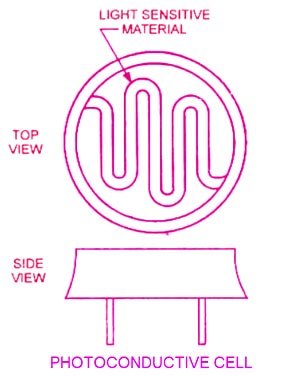
Ques.63. Advantage of LVDT
- 0.05% linearity and finite resolution
- High output and high sensitivity
- Rugged and less friction
- Low hysteresis and low power consumption
Answer.4. All of the given option are correct Explanation:- LINEAR VARIABLE DIFFERENTIAL TRANSFORMER (LVDT) This is the most widely used inductive transducer for translating linear motion into an electrical signal. As we know that displacement is a vector quantity representing a change in position of a body or a point with respect to a reference. It can be linear or angular (rotational) motion. With the help of the displacement transducer, many other quantities, such as force, stress, pressure, velocity, and acceleration can be found. The main electrical displacement transducers work on the principle of Variable resistance: transducer is a strain gauge. Variable inductance: transducer is a linear variable differential transformer Variable capacitance: transducer is a parallel plate capacitor with a variable gap Synchros and resolvers: used to measure angular displacement Advantages of LVDT: Disadvantages of LVDT Applications of LVDT 1. The LVDT can be used in all applications where displacement ranging from fractions of a few mm to a few cms have to be measured. 2. Acting as a secondary transducer, LVDT can be used as a device to measure force, weight & pressure etc.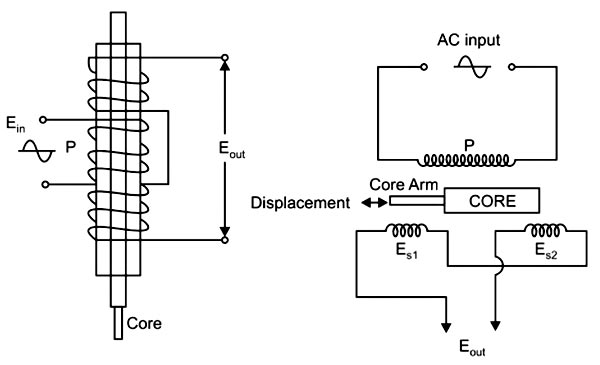
Ques.64. Some substance generates the voltage when they are subjected to mechanical forces or stress along specific planes. Such substance is known as
- Piezoelectric
- Thermo-electric
- Photo-electric
- Radio-active
Answer.1. Piezoelectric Explanation:- Piezoelectric Effect is the ability of certain materials to generate an electric charge in response to applied mechanical stress. One of the unique characteristics of the piezoelectric effect is that it is reversible, meaning that materials exhibiting the direct piezoelectric effect (the generation of electricity when stress is applied) also exhibit the converse piezoelectric effect (the generation of stress when an electric field is applied). The most used piezoelectric materials are PZT, a ceramic containing lead titanate and lead zirconate and PZLT, a ceramic of lead-lanthanum-zirconate-titanate. Natural piezoelectric materials such as quartz (SiO2) and Rochelle salt (NaKC4H4O6–4H2O) are also used for piezoelectric transducers.
Ques.65. Which of the following instrument can be used for the measurement of a temperature above 1500°K?
- Mercury thermometer
- Gas Thermometer
- Thermoelectric pyrometer
- Any of the above
Answer.3. Thermoelectric pyrometer Explanation:- A pyrometer is a device for measuring very high temperatures and uses the principle that all substances emit radiant energy when hot, the rate of emission depending on their temperature. The measurement of thermal radiation is, therefore, a convenient method of determining the temperature of hot sources and is particularly useful in industrial processes. There is two main type of pyrometer, namely the total radiation pyrometer and the optical pyrometer. Pyrometers are very convenient instruments since they can be used as a safe and comfortable distance from the hot source. Thus applications of pyrometer are found in measuring the temperature of molten metals, the interiors of furnaces or the interiors of volcanoes. Total radiation pyrometers can also b used in conjunction with devices that record an control temperature continuously. Total radiation pyrometers are used to measure temperature in the range 700°C to 2000°C. Optical pyrometers may be used to measure temperatures up to, and even in excess of, 3000°C. Measurement of temperature using the thermometer
Ques.66. A solar cell is
- Same as a photometer
- Same as a photoemissive cell
- Same as a photoconductive cell
- Same as a photovoltaic cell
Answer.4. Same as a photovoltaic cell Explanation:- A solar cell or photovoltaic cell is a device that converts light energy into electrical energy. Sometimes the term solar cell is reserved for devices intended specifically to capture energy from sunlight, while the term photovoltaic cell is used when the light source is unspecified.
Ques.67. A piezometer is used to measure
- Strain in structure
- Very low pressure
- Very high pressure
- Leakage reactance
Answer.2. Very low pressure Explanation:- Piezometers are used to monitor pore water pressure and are sometimes referred to as pore pressure cells. The piezometer tube is a vertical glass tube inserted in the wall of a pipe or a vessel containing the liquid whose pressure is to be measured. The tube is kept vertical and its other end is open to atmosphere. The height of the liquid in the tube above any point in the fluid indicates the pressure of the liquid at that point. In the figure, the pressure at the point above atmospheric pressure is: PA = whA where hA is the height of the liquid column in the piezometer tube. Since the other end of the tube is open to atmosphere, the pressure obtained using the piezometer tube is gauge pressure. This type of manometer can only be used for measuring small and moderate pressures because as the pressure to be measured increases, the corresponding length of the piezometer tube required for measurement also increases. When the length of the tube becomes longer, it cannot be handled conveniently. The piezometer, when used for the measurement of pressure in a pipe in which fluid is flowing, must be kept such that the axis of the tube is normal to the direction of flow. Also, to reduce the surface tension and capillarity effects. the diameter of the tube must be at least 12 mm.Piezometer tube
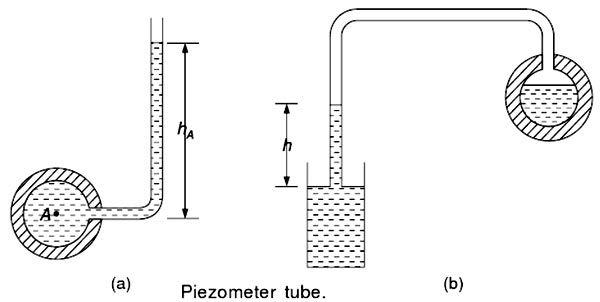
Ques.68. A load cell is a
- Strain gauge
- Photovoltaic cell
- Thermistor
- Pressure pick up
Answer.1. Strain gauge Explanation:- A load cell is a transducer. It is used to create an electrical signal whose magnitude is directly proportional to the force being measured. Various types of load cells include hydraulic load cells, pneumatic load cells, and strain gauge load cells. Strain gauge based load cells have a sensing junction/element that when loaded responds to the load by producing an electrical output. The circuitry to convert the response to a quantifiable electrical signal is a configuration known as the Wheatstone bridge. Strain-gauge-based load cells are the most commonly used type. Strain gauges are made up of a long, thin strip of conductive material arranged in a zigzag manner. Load cells typically contain multiple strain gauges aligned and wired in a Wheatstone bridge circuit. When stress is applied to a strain gauge, the resistance of the strain gauge changes and unbalances the Wheatstone bridge, resulting in a signal output (voltage) that is proportional to the stress. The rated capacities of strain-gauge load cells range from 1 N to more than 50 MN, and they can be used with high-resolution digital indicators as force transfer standards. The shape of the elastic element used in load cells depends on a number of factors, including the range of force to be measured, dimensional limits, final performance, and production costs.Strain Gauge Load Cell
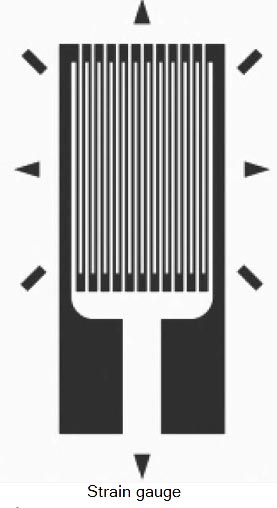
Ques.69. Which of the following quantities cannot be measured by a load cell?
- Pressure
- Temperature
- Level
- All of the above
Answer.2. Temperature Explanation:-
Ques.70. The accuracy of a 0-100 mV voltmeter is ±5%. A full-scale reading of 100 mV may be due to a voltage of
- 105 mV or 95 mV
- 110 mV or 90 mV
- 100 mV
- 90 mV
Answer.1. 105 mV or 95 mV Explanation:- The limiting error at full scale is δE = ± 5% of 100 δE = ±5mv The actual value of limiting error can be expressed as Ea = Es ± δE Where Ea = Actual value Es = Specified or rated value δE = Limiting error Ea = 100 ± 5 Ea = 105 to 95 mV

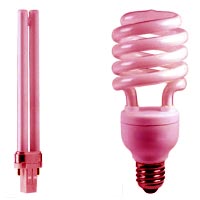

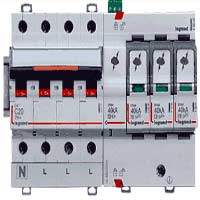
Good
Very good
Hi how r you great to see your important topics u share in this forum